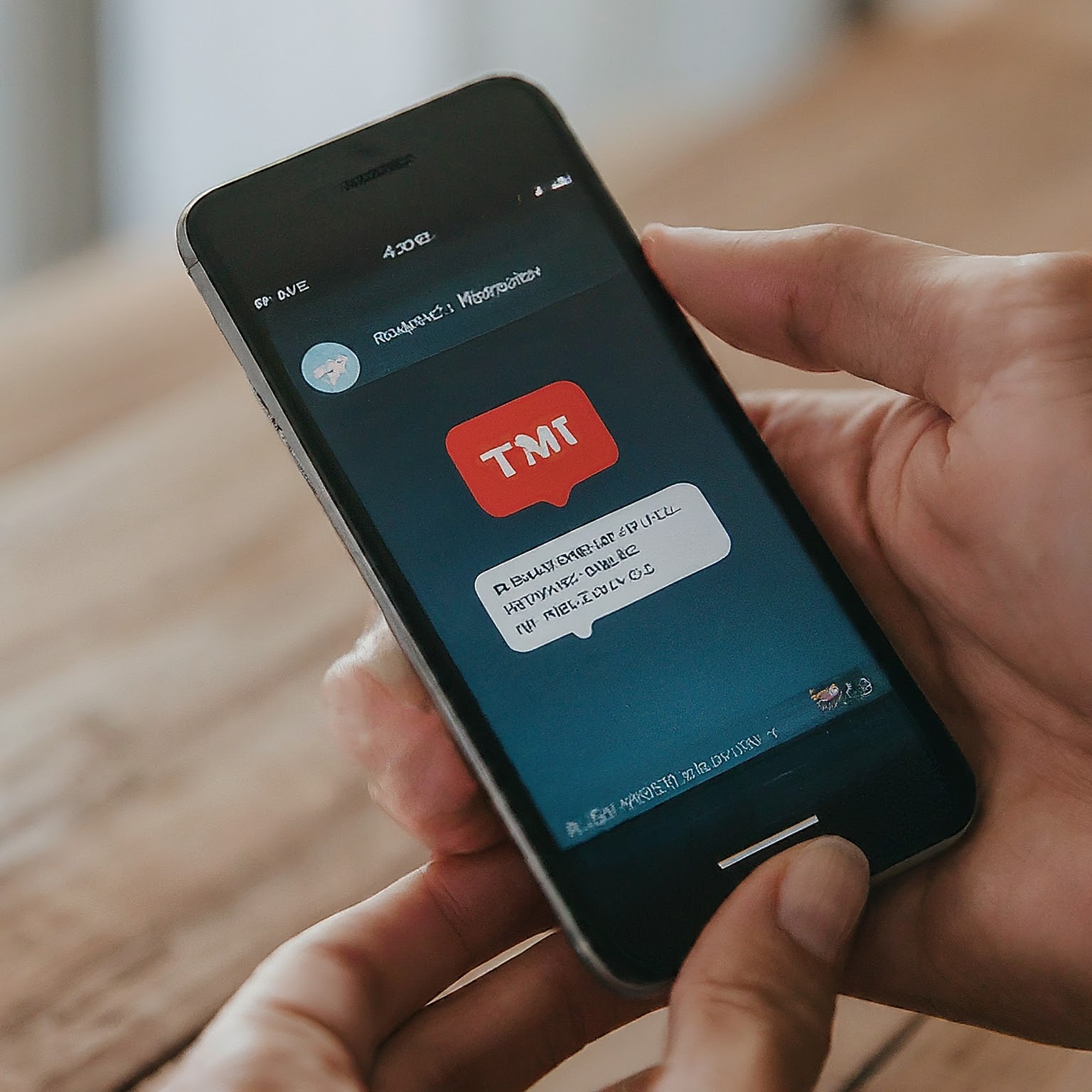The question of whether T-Mobile can see text messages is a common one, often sparking privacy concerns among users. This comprehensive guide aims to shed light on this topic, exploring the intricacies of T-Mobile’s data policies, technological capabilities, and the legal framework surrounding user privacy. The goal is to empower you with accurate information so that you can make informed decisions about your communication habits while using T-Mobile services.

Understanding the Basics: What Does T-Mobile Store?
T-Mobile, like other mobile carriers, stores certain types of data related to text messages, but the specifics often cause confusion. Let’s break it down:
- Metadata: T-Mobile stores metadata associated with text messages. This includes the sender’s and recipient’s phone numbers, timestamps (date and time), and the message size. Metadata does not reveal the content of the message.
- Message Content: T-Mobile generally does not store the content of text messages for extended periods. However, there are specific scenarios where message content might be retained temporarily.
- Multimedia Messages (MMS): T-Mobile might store the content of MMS messages (those containing pictures or videos) on their servers for a limited time to facilitate delivery.
T-Mobile’s Data Retention Policies
T-Mobile’s data retention policies outline how long they keep different types of data. While these policies are subject to change, here’s a general overview:
- Metadata: T-Mobile typically retains metadata for a certain period, often ranging from a few months to a few years. The exact duration can vary depending on legal requirements and internal policies.
- Message Content: In most cases, T-Mobile does not store the content of SMS (standard text) messages for extended periods. However, if a message cannot be delivered immediately (e.g., the recipient’s phone is off), the content might be stored temporarily until delivery is successful.
- MMS Content: MMS content might be retained for a shorter period than metadata, often ranging from a few days to a few weeks.
Why Does T-Mobile Store Data?
T-Mobile stores data for various reasons:
- Billing and Record Keeping: Metadata is crucial for billing purposes and for maintaining records of network usage.
- Network Optimization: Analyzing metadata helps T-Mobile optimize network performance and troubleshoot issues.
- Legal Compliance: In some cases, T-Mobile is legally obligated to retain certain data for a specified period to comply with law enforcement requests or other legal proceedings.
T-Mobile Can You See Text Messages: Privacy Considerations
The question “T-Mobile can you see text messages” often stems from privacy concerns. It’s important to understand that T-Mobile’s ability to access message content is limited and subject to strict policies.
- Employee Access: T-Mobile employees do not have routine access to the content of text messages. Access is typically restricted to authorized personnel and requires a valid reason, such as a customer support inquiry or a legal request.
- Law Enforcement Requests: T-Mobile may be required to disclose message content to law enforcement agencies if presented with a valid warrant or court order.
- Account Holder Access: If you are the primary account holder of a family plan, you may have access to certain details of the text messages sent or received by other lines on your account. This usually includes metadata (e.g., phone numbers, timestamps) but not the actual content of the messages.
Protecting Your Privacy: What You Can Do
While T-Mobile’s data practices are generally in line with industry standards, you can take additional steps to protect your privacy:
- Use Encryption: Consider using end-to-end encrypted messaging apps like Signal or WhatsApp. These apps encrypt messages on your device before they are sent, making it impossible for T-Mobile or anyone else to intercept and read them.
- Be Mindful of MMS: Remember that MMS content might be stored on T-Mobile’s servers for a limited time. If you’re concerned about the privacy of sensitive information, avoid sending it via MMS.
- Review T-Mobile’s Privacy Policy: Familiarize yourself with T-Mobile’s privacy policy to understand their data practices and your rights as a customer.
T-Mobile Can You See Text Messages: FAQs
Q: Can T-Mobile read my text messages?
A: In most cases, T-Mobile does not read the content of your text messages. However, they may access message content in limited circumstances, such as for customer support purposes or in response to a valid legal request.
Q: Can T-Mobile see my deleted text messages?
A: Once you delete a text message from your phone, T-Mobile cannot retrieve it. However, if T-Mobile has already stored the message content for any reason (e.g., temporary storage for delivery), it might remain on their servers for a limited time even after you delete it from your device.
Q: Can T-Mobile track my location through text messages?
A: While T-Mobile can access the metadata associated with text messages, which includes location information in some cases, they typically do not actively track your location through text messages. However, they may use location data for network optimization purposes.
Q: Does T-Mobile sell my text message data?
A: T-Mobile’s privacy policy states that they do not sell customer data to third parties. However, they may share anonymized or aggregated data with partners for analytics and marketing purposes.
The question “T-Mobile can you see text messages” highlights the complexities of privacy in the digital age. While T-Mobile has access to certain data related to your text messages, they generally do not read the content of your messages and have policies in place to protect your privacy.
By understanding T-Mobile’s data practices, using encryption when necessary, and being mindful of the types of information you share via text message, you can confidently use T-Mobile’s services while maintaining control over your personal information. As technology continues to evolve, it’s crucial to stay informed about privacy issues and take proactive steps to protect your data.
Sources:


